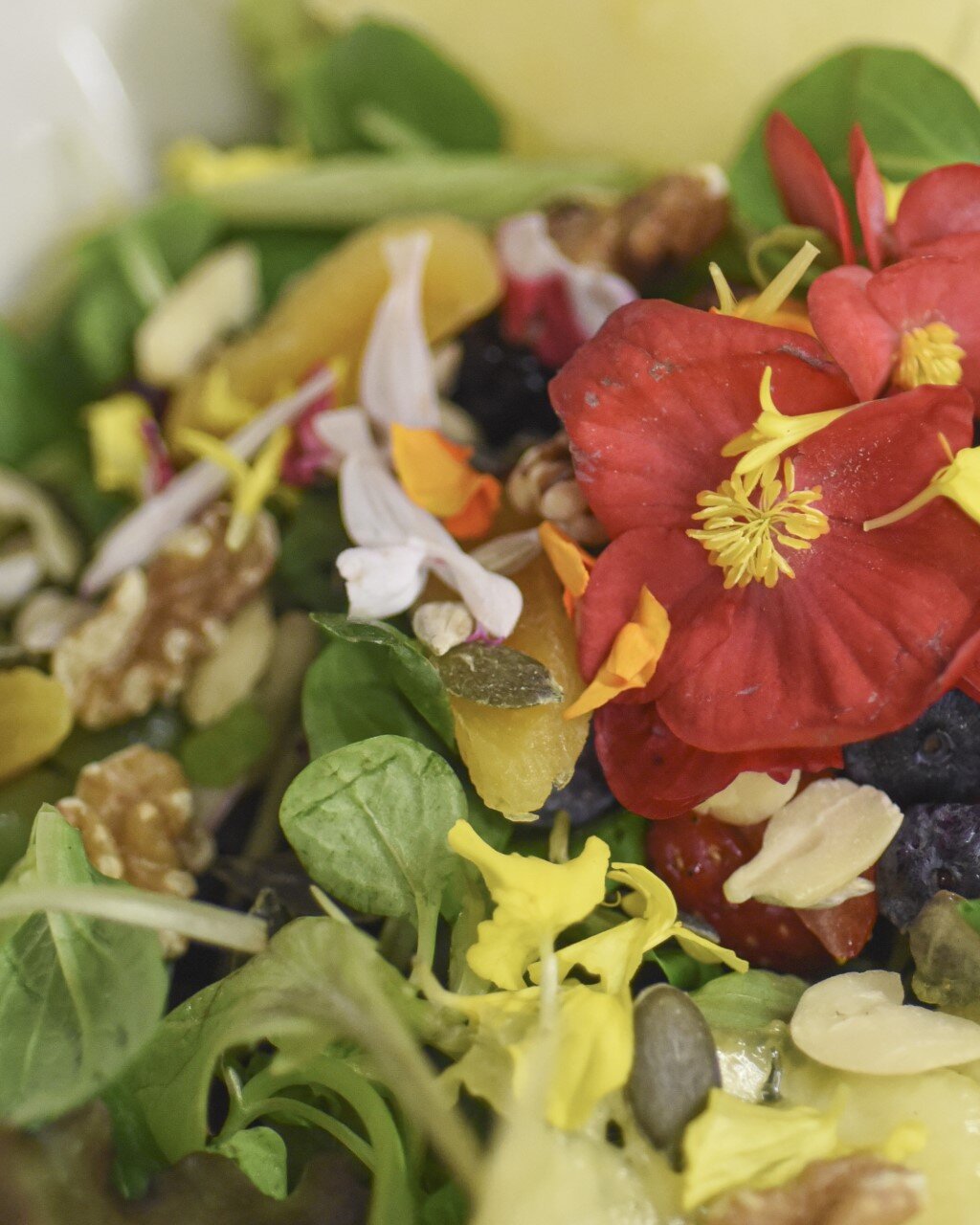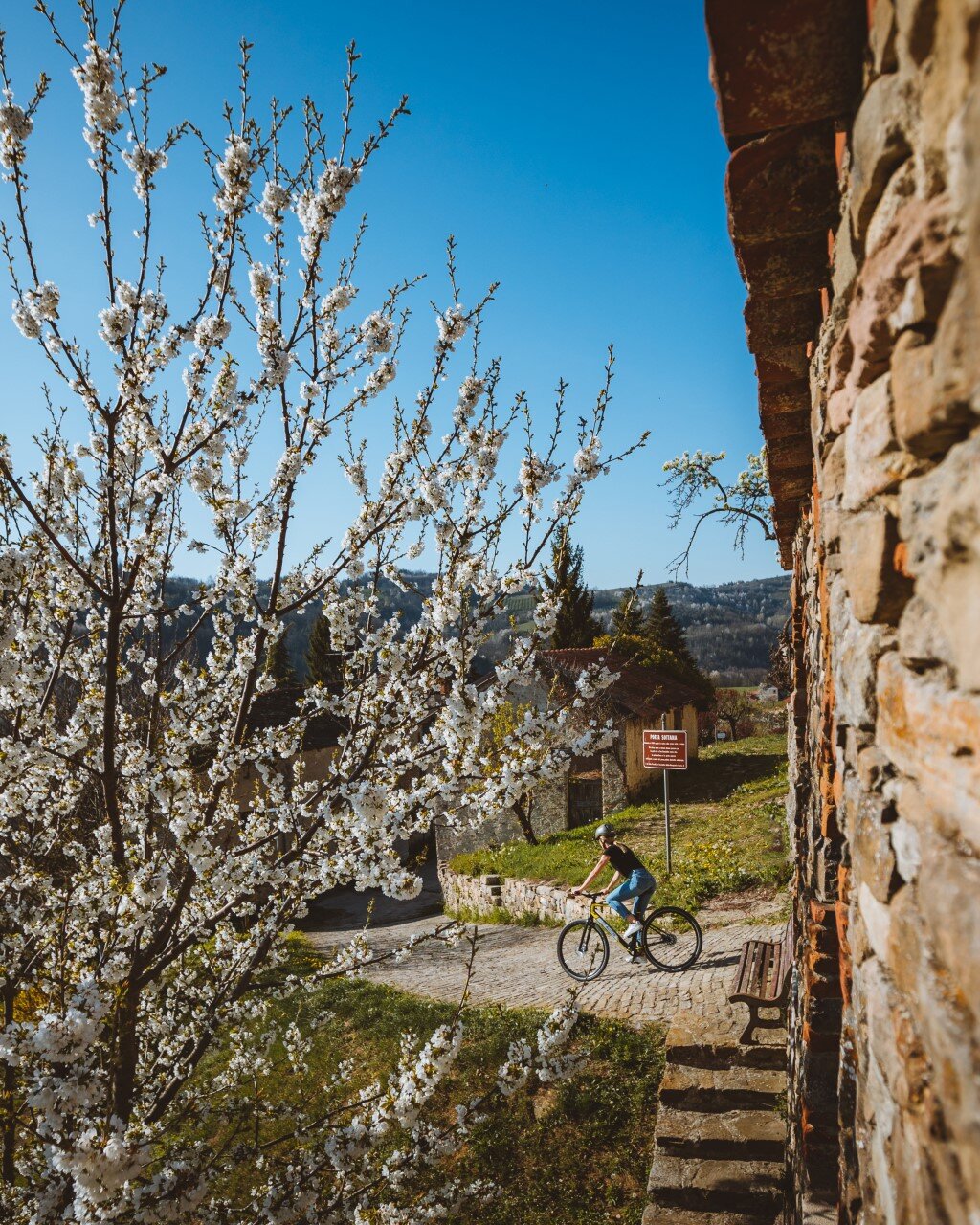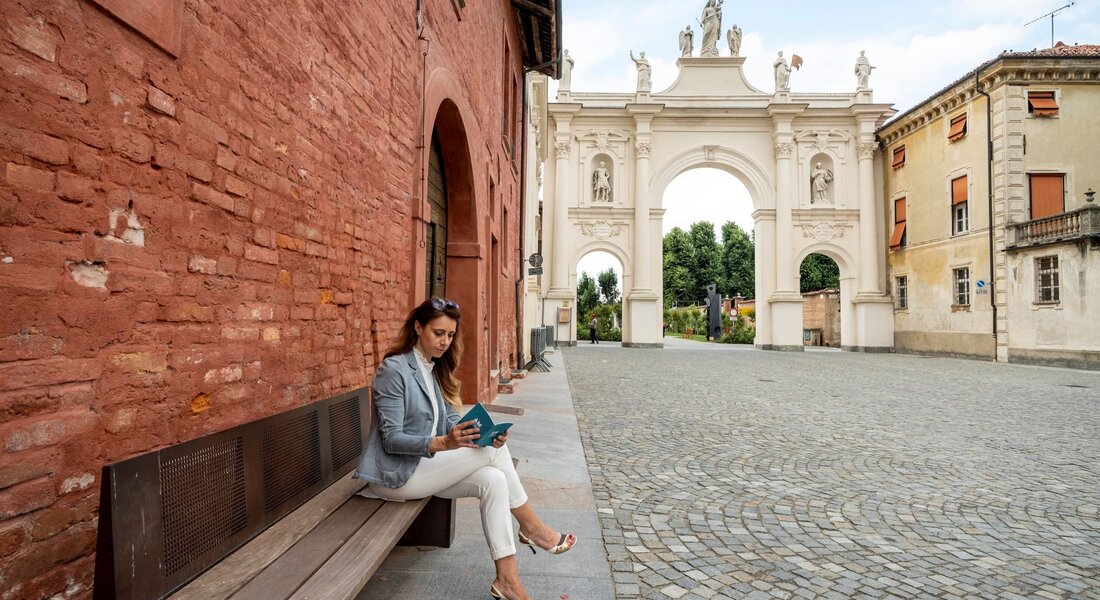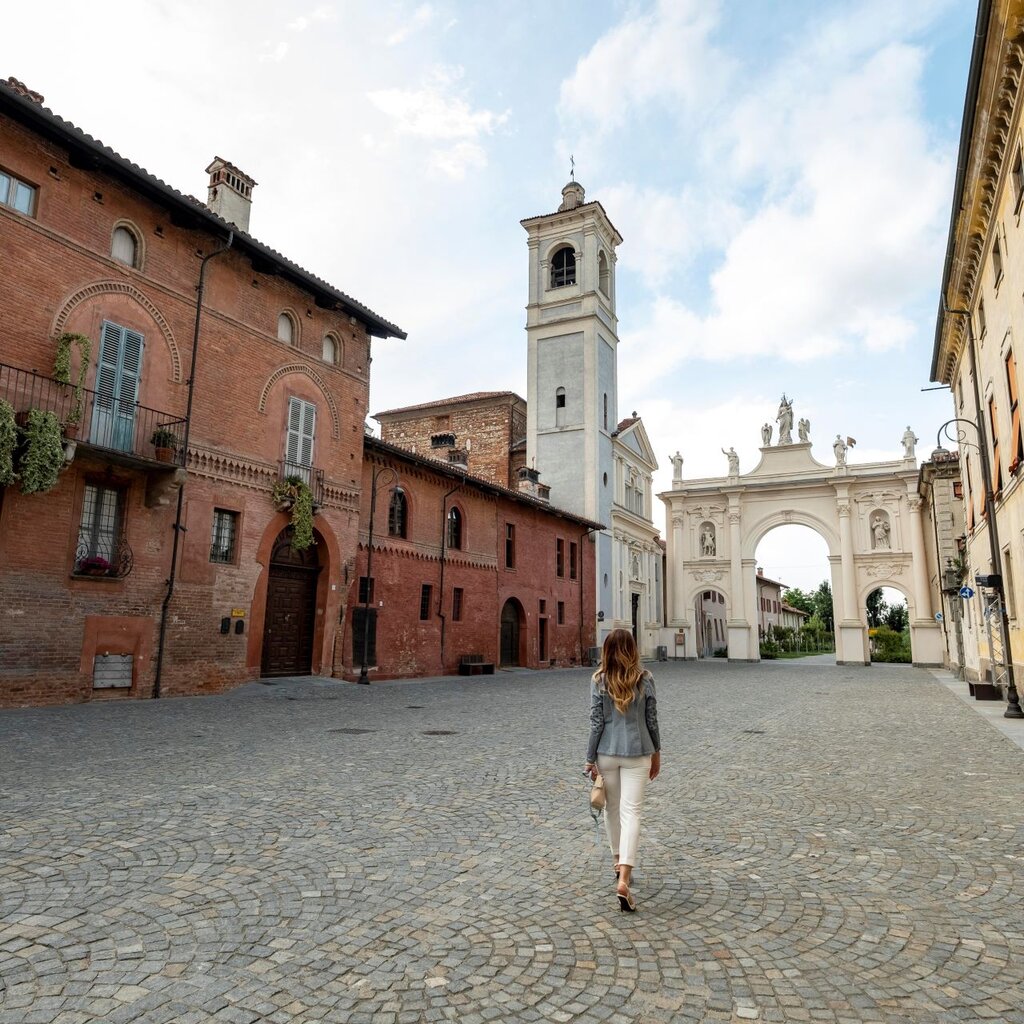When it became "French", Cherasco entered a long period of wars, sieges and famine, which only ended with the peace of Cateau-Cambrésis (1559) and the handover to the Savoy family. This was followed by a long period of reconstruction which allowed the village to grow in economic prosperity during the 17th century, thanks to the great families who began to excel on the town scene, mainly through the production and trade of silk.
The great palaces and religious buildings were built or renovated, and new modern walls were erected (the so-called "stellate" ones, the work of the court architect Vitozzi, later described by Gina Lagorio), which allowed the city to isolate itself from the rest of the territory, and escape unscathed from the plague of 1630.
Of course, today the village has changed. It has lost a large part of its defensive walls, the great activity of silk factories has been replaced by other interests, including tourism, heliciculture (snail farming), the tradition of antique shops and more accessible markets.
Find out more
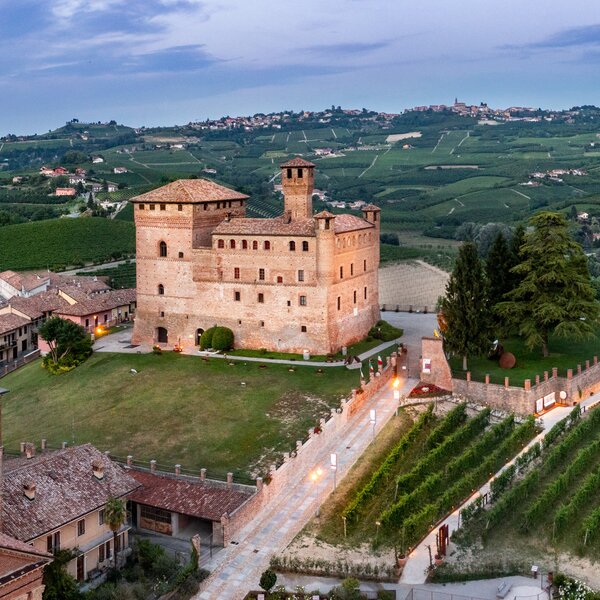
The Langa of Barolo
Find out moreAt the crossroads of the two axes along which the town is built (Via Vittorio Emanuele, from north to south, and Via Cavour-Via Garibaldi, from east to west) lies the town hall square, with its imposing Torre Civica (Civic Tower): 36 metres high, the tower reveals its 14th-century origins in the structure of its base and offers us, together with its characteristic clock, a curious mechanical lunarium on the western façade and a Baroque sundial on the southern one. The Palazzo Comunale (Town Hall) is also the result of centuries of transformation, from 14th-century solutions to 16th-century decorations and Baroque renovations. The 18th-century fresco depicting the coat of arms of Cherasco surrounded by the allegory of the Tanaro and Stura rivers is also worthy of note.
Opposite the Belvedere Arch we find, to the left, the remains of Palazzo Lellio, one of the oldest buildings in the city, Palazzo Ratti, with its garden enclosed by a fine example of trompe-l'oeil, and Palazzo Mentone, in the porticoed part. Opposite, the majestic Palazzo Galli della Mantica covers the whole block, with its beautiful frescoed hall painted in 1684 by Taricco.
On the same side are the 17th century Palazzo Burotti di Scagnello, with its splendid hall frescoed by Operti, and Palazzo Fracassi, which houses part of the original interior decoration of Palazzo Salmatoris. Opposite, but on the left-hand side of the street, are Palazzo Rachis di Carpineto and Palazzo Brizio di Veglia, with a massive Gothic structure.
The beautiful Belvedere Arch or Madonna del Rosario Arch was built in 1668 based on an initial project by Boetto, redesigned by Petitti di Roreto and with the active collaboration of the population who wanted it as an ex voto. To its left, we find the Church of Sant'Agostino, still by Boetto and frescoed by Taricco and Aliberti, which was completed in 1677 by the Compagnia dei Battuti Bianchi.
If, after the arch, we turn right and cross a short driveway, past the Monument to the Fallen and Heroes of the Resistance, we reach the Sanctuary of the Madonna delle Grazie. The great devotion to the Sanctuary began with the discovery, in the mid-18th century, of a fresco of the “Madonna con Bambino e Angeli” (Madonna and Child with Angels), which seemed to be weeping due to water infiltration, and when an attempt was made to remove it, the liquid turned red.
Next, we go along Via Ospedale (the hospital street), the first part of which is entirely occupied by the Ospedale degli Infermi. At the end of the block stands Palazzo Dall'Oglio-Badellino, whose structure dates back to the late 17th century.
Further on, to the right, we find Palazzo Gotti di Salerano, with its rustic and simple façade. Yet the palace preserves its treasures inside: a prestigious cycle of frescoes that adorn all the rooms on the main floor and the Museo Civico (Civic Museum) "G.B. Adriani", which includes historical evidence closely related to the city of Cherasco. We continue past the façade of the Palazzo Amico di Meane (its 19th-century refurbishment shows marked Art Nouveau influences), but the bell tower of San Gregorio is already standing out and is catching our attention.
The church has undergone numerous renovations and is now in late Baroque style. Via Garibaldi, overlooked by the church, is in its turn scenographically bordered to the right by the Church of Sant'Iffredo, rebuilt between the 16th and 17th centuries, which preserves the polychrome marble altar and other frescoes by Operti.
Past Via Garibaldi, Palazzo Aurelio di Torricella and Palazzo Ferraris di Torre d'Isola (opposite, in the next block) stand out majestically. Palazzo Aurelio still preserves an extraordinary hall with frescoes by Giuseppe Dallamano. Palazzo Furno, with its Gothic brick façade, stands out in the next block. Via Ospedale joins Viale Salmatoris, which marks the southern boundary of the quadrangle of the old town: the southern entrance to the city is triumphantly emphasized by the Arco di Porta Narzole (Arch of Porta Narzole), an unfinished brick construction.
Find out more
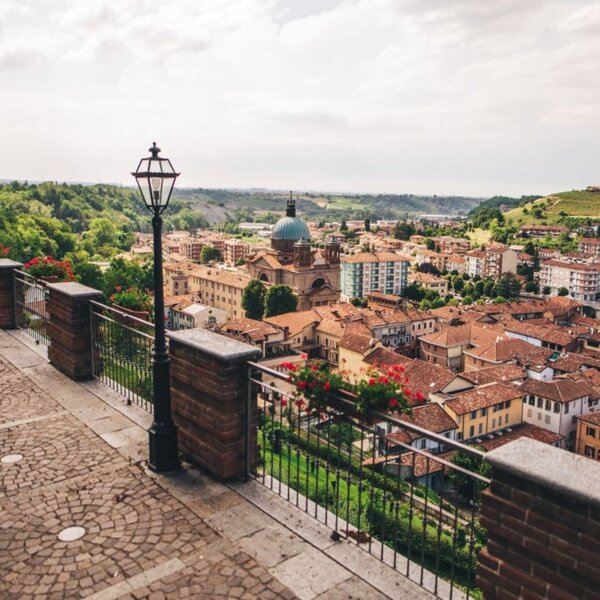
Dogliani, in-between leisure and shops
Find out moreAcross the arch, we enter Via Vittorio Emanuele, the north-south axis of Cherasco and the city' s main street. To our right we find Palazzo Lunelli, the residence of one of the city's most powerful historical families, whose rooms housed the imperial delegation negotiating the 1631 peace treaty for the Montferrat Succession.
Further on, to the left, stands Palazzo Del Carretto di Monforte, now the headquarters of the Associazione Italiana Elicicoltori (Italian Heliculturists’ Association), adorned with frescoes still attributed to Taricco. Then we find Palazzo Chanaz di Saint'Amour (or Roero di Santo Stefano) and Palazzo Genna di Cocconato, which became the centre of the ancient Jewish community, which settled in Cherasco from the 16th century and was very active, especially in the silk trade. Some evidence of this small Ghetto still survives, such as the Temple (on the second floor, on Via Marconi) with the traditional furnishings of the Synagogue, the cupboard of the scrolls of the law and a stone washbasin, as well as the intimate Jewish cemetery, almost on the rock.
From Palazzo Salmatoris, after a short stop, we turn onto Via della Pace and reach the Church of San Pietro, which, more than any other, offers us a glimpse of the entire history of Cherasco, since it was born together with the village itself. The overlapping of many different architectural and decorative works has curiously given a very pleasant final result. A Romanesque bell tower rises beside the church. The church square is bordered on the other side by Palazzo Incisa di Camerana, which used to be the home of Sebastiano Taricco.
It is time to take a stroll along the outer perimeter of the city centre, along the route of the fortified ramparts that have represented the strategic essence of the city over the centuries. Along Via San Pietro (heading south) we reach the romantic Viale dei Platani, flanked by the giant trees that tradition says were planted by Napoleon.
Back on the avenue, we pass by the majestic Castle of Visconti, which was completed in the second half of the 14th century by the Milanese lords to house a large military garrison. Heading north, we turn onto Via dei Giardinieri, which takes us to the narrow square on which stands the Church of San Martino, another Gothic-Romanesque treasure rebuilt between 1705 and 1711. The façade, however, is still the original, in exposed brick and Gothic style. The interior is also worth a visit, with furniture, ornaments and ironwork of significant artistic value.
Text by Pietro Giovannini
